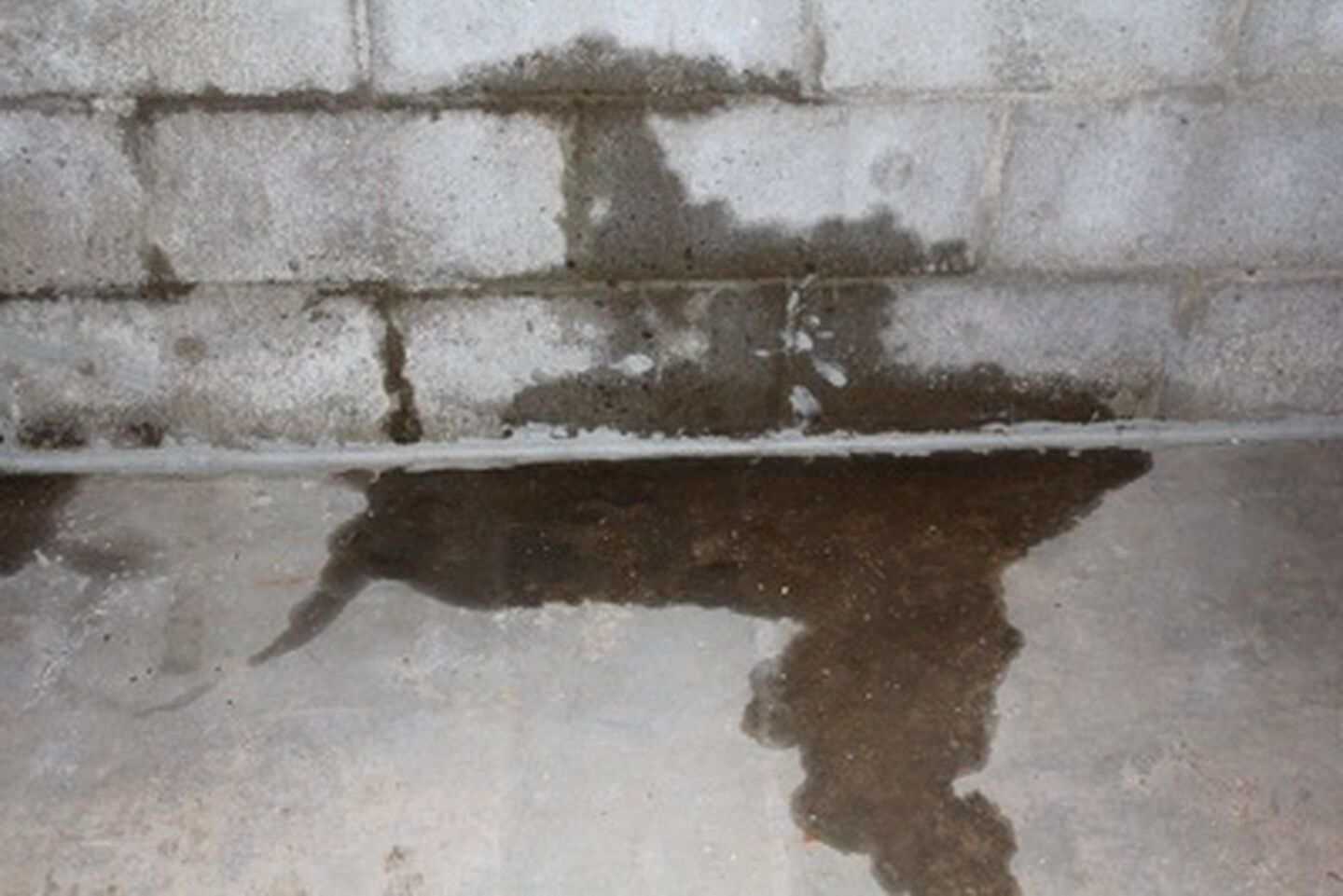NW Indiana Basement Waterproofing — Look Before You Remodel

Winter’s coming to northwest Indiana and many homeowners will take advantage of the indoor time to do some work around the house. The truly ambitious may even take on a major project like a new kitchen or bathroom or finishing the basement.
If your ambition knows no bounds, then good for you. But, before you drive the first nail in that basement remodel project, better consider just how dry a basement you’re starting with and what repairs should be made to protect your investment in additional living space for your family.
Signs that You May Already Have Basement Seepage
Take a look around your basement. Do you notice any of these?
Wall Cracks – Are there stair-step cracks in the mortar of your concrete block walls or horizontal or vertical cracks in your poured concrete walls? If so, even if you have never seen any signs of water seepage through them, you need to investigate these cracks further. Because wall cracks are formed by external pressure, the walls push in, leaving the cracks larger on the inside than out. This means that water may take a while to penetrate but it always does.
Cove Seepage – Do you see signs of water seepage on your basement floor where it meets the wall, particularly after periods of heavy rain? If so, you have seepage through the cove joint, the place where the foundation walls rest on the footings. Cove seepage is caused by hydrostatic pressure under the basement floor.
Water Stains on Walls – If you notice marks that make it seem as if water has trickled down your basement walls, it is possible that you have seepage over the top of your foundation. This is typically caused by grading problems in the lawn outside your home, with a slope that makes water run toward the house, or by an improperly pitched exterior structure like a deck or patio.
Water Stains Around Windows – Basement windows bring natural light and fresh air into the space but can also be sources of seepage. If you see signs that water has entered around windows, the cause may include old or poorly installed windows or missing or clogged window well drains.
Efflorescence or Spalled Concrete – Sometimes it doesn’t take an opening for water to get into your basement – it can make its way through the walls themselves. If you see whitish discoloration on concrete block walls that can be brushed off, you have efflorescence, a sign that water has seeped through the porous block and carried mineral deposits that have now dried on the wall. If you have poured concrete walls and you notice a patch where the outer surface has crumbled, that’s spalling, a disintegration of the concrete that is often caused by a bad concrete mix with too much aggregate, not enough cement. This “honeycombed” concrete is very porous and allows water to infiltrate.
Regardless of which signs you see of basement seepage, seeing any of them means you should take precautions before you remodel. The effects of seepage on a finished basement can be ruinous and we’ll discuss them in a later article.
So, why take chances? Doesn’t it make sense to get a professional opinion on the possibilities of seepage before you remodel your basement? At U.S. Waterproofing, we’ve saved countless homeowners from disastrous basement remodels by diagnosing and permanently repairing basement water problems before they started remodeling. Why not ask for a free consultation?




